- We look at the present through a rear-view mirror.
- The Book (is in your hands)
- The Medium is the Massage
Marshal McLuhan is a 100 year old media entity today. 100 years of ditching the academes to delve into writing and thinking without restraint, on the one channel, and yet allowing his own odd blend of Catholic conservatism to orient his thought probes into deep media, on the other. I took McLuhan’s advice on reading Understanding Media—I only ever read every second page. His ideas are prescient. The “global village” is a contradiction in terms understandable only through its elucidation of the time-compressing effects of not only electronic media, but the on-demand supply chains of delivery and just-in-time capitalism. The global village is the effect of electronic media coupled with advanced transportation— shifting what I would call the technics of perception from the identity of the “individual” to that of “tribal man.”
McLuhan’s concept of tribal collectivity informs the work of Michel Maffesoli, for example, and to this day continues to provide a lens through which to view the “LIKE” attributes of social media, where everyone wants to know what everyone else is already thinking before they think it through themselves. As I’ve commented elsewhere, the effect of social media’s advanced filtration and aggregating of like-content is that of an echo chamber, a smothering, collective identification of all-alike.
Yet listening to today’s broadcast of Ideas on CBC had me on pause. First, because I hadn’t realised that Paul Kennedy had abandoned a PhD in History under McLuhan at the University of Toronto precisely because the History department didn’t consider McLuhan worthy enough back in the late 1970s. “What would they think in the hinterlands?” asked his History advisor, if he had McLuhan as supervisor? Even after—or perhaps because of—this:
So in 1977 Paul walked across Queen’s Park to the CBC to produce an Ideas documentary on Harold Innis and his seminal work on the fur trade in Canada, in which he analyzed space-and-time compression through the socioeconomic colonization of Canada through, yep, beaver pelts.Kennedy’s The Fur Trade Revisited “took him on a 1,600 kilometer journey paddling down the Mackenzie River from Great Slave Lake to the Arctic Ocean.”
Hats off to Paul Kennedy. That should be worthy of an honourary PhD in itself.
Second reason why McLuhan is unavoidable: because I wouldn’t be undertaking my own field of study without him. My PhD is through the two departments of Communication Studies and Philosophy at McGill. When I undertook the professional seminar in Communication Studies around 2003, we traced a lineage from the pioneering work of Harold Innis and George Grant—on the relations and effects between technologies and sociocultural, economic and political formations—to Marshall McLuhan’s work on the environmental or atmospheric effects of media.
Insofar as there is a distinctly “Canadian” Communication Studies, it is to be found in the nexus between the technology and media philosophy of Innis, Grant and McLuhan and the critical theory of the Frankfurt School, imported when Adorno and Horkheimer fled to the United States shortly before World War II.
Today, what is called “German media theory” defines a distinct branch of Communication Studies. The irony is that its chief proponent, Friedrich Kittler, cites McLuhan as a significant influence. As usual, it takes a Canadian to leave this country, be interpreted elsewhere, and return to us in translation before s/he is given the gravitas he or she deserves….
Which is to say that McLuhan has always resonated outside of the academy—and perhaps with greater force than within. Several years ago I DJ’ed with DJ Spooky at SAT in Montréal, where Paul played a McLuhan video during his talk—I recall he had just acquired access to the television archives. He expected all us Canucks to be enthusiastic or perhaps to show him some kudos for his resampling of Canadian culture… but for us McLuhan is a strange figure. He is there, but like the media he studied, a background effect or an atmosphere, a shadow in the great Canadian wilderness of minds. We’re not taught that much about him; sometimes it feels like he’s a heretic that has to be dealt with because he made some noises down South. Heck, Woody Allen liked him, right?
And though I had always been aware of the influence of McLuhan on Jean Baudrillard, more recently Graham Harman has noted his debt to McLuhan.
So, it is time for a little song in honour of McLuhan’s ghost, and his atmospheric persistence—some might say his disturbance. McLuhan would’ve liked this one. Clap along, now. From my favourite Canadian comedy crew ever:
[audio:BalladofMarshallMcLuhan.mp3]Once upon a time there was a town
A town where chaos reigned
Lawlessness was everywhere
And there was no cohesive theory existing which properly explained the mass media and their impact on society and man’s thinking
And then one day a stranger came riding into town
And all the townsfolk gathered ’round and asked him his name…
Well, he tipped his hat and he said:
Marshal. Marshal McLuhanMarshal McLuhan, you’re such a groovy thinker…
—Radio Free Vestibule, “The Ballad of Marshal McLuhan” (1994)
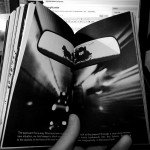
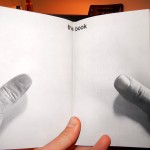
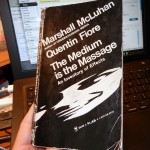
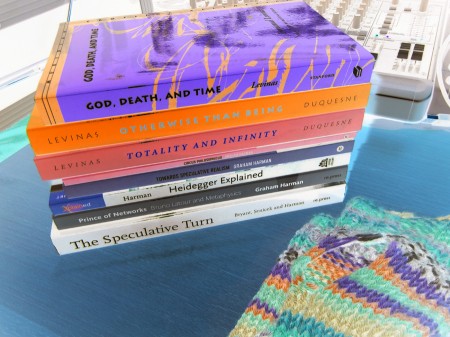
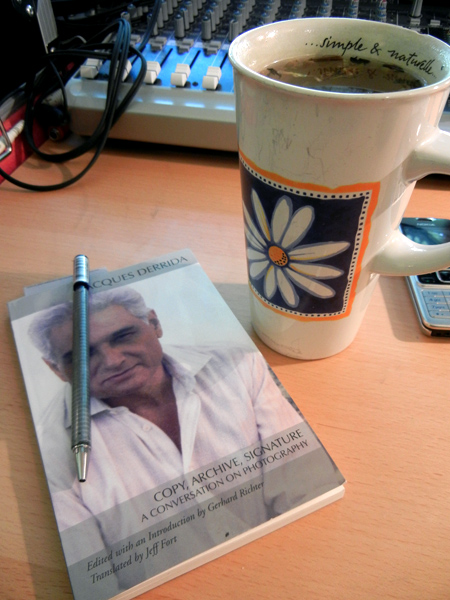





 RT
RT 